What kind of soil does potatoes like?
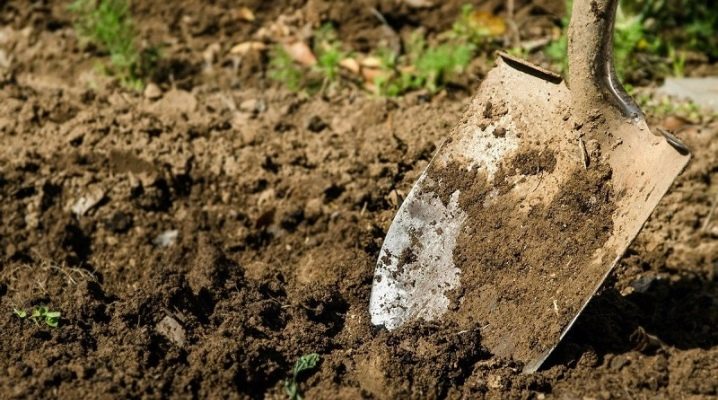
Potatoes, unlike many of their fellows in the area - not the most demanding culture. But you won't let its cultivation take its course. Sometimes you just need to take a closer look at potato farming techniques to solve yield problems. For example, organize a root crop in such a soil in which it will be as comfortable as possible.

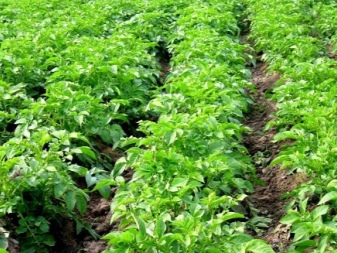
What should be the soil?
Heavy clay soils with an abundance of moisture will definitely not work for potatoes. It will not grow well in lowlands where water stagnates. But the soil is light, sandy loam, loose - what you need. In such a land, potatoes grow well. As in black soil (which is obvious), and in peat soil. On a flat and dry area, potatoes are best... The question is what to do if the land is not entirely optimal for potatoes, but even without this culture in the garden, there is no way to worry, but to try to improve the situation a little with your own hands. For example, acidic or excessively clayey soil can be prepared for planting potatoes by simply adding ash or sand, as well as manure or compost.
If it is not clear what kind of soil is on the site, you need to do so. Pick up an earthen lump, or roll it up like a sausage, or moisten it a little. Sandy and sandy loam soil will immediately crumble, it is impossible to blind something out of them. Much more plastic is clay soil and loam. If you get an earthen sausage, it must be folded into a ring: it turned out to be a ring - it means that it is alumina, the ring cracked - loam.
You can find out the acidity in the laboratory by simply taking a soil sample there. This information will be the most reliable. But the “old-fashioned” methods can also work. For example, pour vinegar into a container where there will not be much soil. When hissing and the appearance of bubbles as a reaction, it becomes clear that the soil is alkaline. But if everything is done the same, but with soda, the soil is acidic. And also it is worth taking a closer look at the herbs that grow on the site: nettles, moss and buttercup prefer strongly acidic soil, sow thistle grows on a neutral one, and mustard grows in an alkaline environment. But on slightly acidic soil (which is exactly what is needed), clover, chamomile, cornflower, coltsfoot are actively growing.
Whatever the land, in order for it to become truly suitable for cultivation, it must be cultivated.
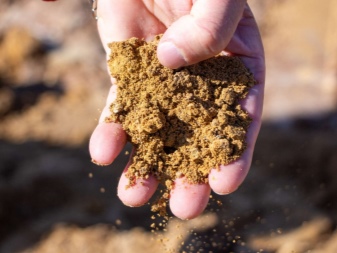

What does land cultivation give:
- increasing the air permeability of the soil;
- elimination of dense areas that are often found in the upper soil layers;
- the death of many bacteria and infections;
- destruction of the roots of weeds (and later they die), and this is without special "chemistry";
- even distribution of fertilizers, which means that the soil will be fed better;
- the best conditions for planting, processing and harvesting potatoes;
- increase in productivity indicators.
A simple rule works: yes, potatoes will grow much better in black soil than in clay soil. But you can plant it almost everywhere, if you correctly approach the processing, feed it on time, loosen it and comply with other agrotechnical requirements. Conclusions. If you can choose, then potatoes take root better on loamy soils - fertile soil with a granular-lumpy structure, good water and air conductivity. Sandy loam soil is close to loam, and therefore will also be good for potatoes. It is more fertile than ordinary sandstone.
In terms of acidity, the plant is more comfortable in soils with pH values of 5.1-6.0. This is a slightly acidic soil, and potatoes prefer this.
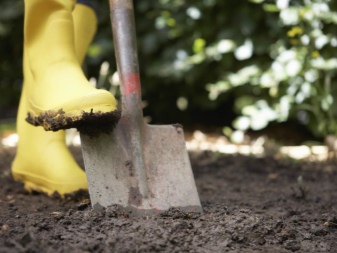
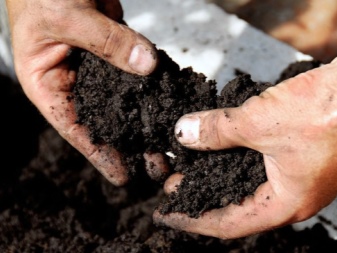
How to prepare the soil?
Spring and autumn preparations are different, and therefore it is worth describing each stage in more detail.
In the spring
Presowing preparation involves plowing, harrowing, cultivation and cutting of ridges. When the soil has become physically mature, you can start working. An earthen lump is taken, squeezed in a fist and crumbles with fingers. If it has become plastic-like, moisture has come out of it, it is not yet time for plowing. If the soil is not pressed at all, it is dry and needs watering. But a well-formed lump with uniform crumbling is a sign that it is time to process the area.
Moments of spring treatment.
- Plowing... On sandy loam soil, as well as on sandy, it is indeed justified. But if the land was plowed in the fall, and it wintered well, in the spring you can do without plowing. For spring loosening, it is important to choose the rhizomes of the most dangerous weeds: sow thistle, dandelion, horsetail, bindweed. They are very active, and occupy the landing territory quickly.
- Harrowing... It is necessary to break down the dense soil layer that "covers" moisture. In addition, the soil warms up faster this way, dries out and ventilates from above. To process heavy loams, use dental harrows, and on light soils, it is better to use rotary needle harrows. You can't do without a tractor or walk-behind tractor. But if not much space is allocated to the potatoes in the garden, you can handle it with a hoe or any convenient toothed ripper.
- Cultivation... It loosens the earth 15 cm deep, the top layer of the earth collapses, but does not turn over. This is done to protect the soil from bacterial growth and weed overgrowth. If the field is large, you need a plow or a diesel cultivator, if the beds are small, forks and hand cultivators will do just fine.
- Cutting the ridges. It is usually carried out one week after cultivation. Of course, ridges are also formed in autumn, but in spring it is possible. This procedure is necessary primarily for heavy soils. Thanks to the ridge cutting, it is possible to provide good soil aeration, to organize favorable conditions for growing roots. This will help to form a larger number of tubers, timely and fully moisten the soil.
It seems that there is nothing particularly complicated in these operations, but, of course, they are labor intensive. But this is the main work on preparing the soil, which will make it possible to predict a good harvest.
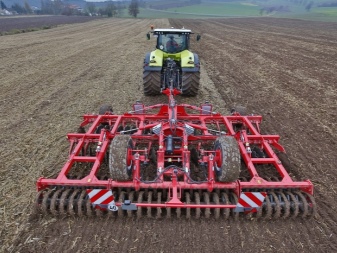
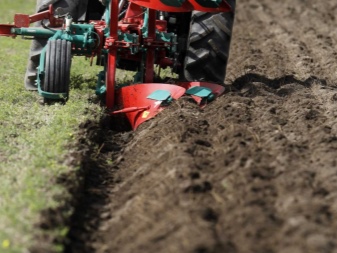
In autumn
This work begins when the crop is already fully harvested. If you organize early autumn plowing, there will be a quarter more tubers (when compared with the result of late plowing). Autumn preparatory work involves a number of actions.
- Soil peeling... This can be done before plowing. Peeling helps to loosen the upper soil layers, destroy the roots of weeds. Partially, the soil even turns around with this procedure. At the same time, weed seeds are buried, and at a depth they are overheated and "neutralized". If the area is large, a special cultivator plow will be required. In a small garden, a ripper, cultivator or even a rake help out.
- Fertilizer... Approximately 2 weeks after peeling, the plot is plowed, but before that, do not forget to apply fertilizers. You can use both organic and mineral products. After plowing, they will just be at the right depth and will quickly split into particles that the soil absorbs well.
- Winter plowing. It will be organized on the same day when it was decided to fertilize the soil. Plows with skimmers will help in this. How deep to plow an area depends on the soil type. For example, heavy loam will have to be plowed 35 cm on average, but sandy and sandy loam soil will be content with 20 cm depth. During the operation, the soil layers are turned over, solid earth clods crumble, fertilizers are better sealed, the green weed mass is thoroughly crushed - in the spring it will already become a safe humus.
Winter plowing requires the creation of the most even furrows, such that they will fit without empty space. If the field has a low slope, it is necessary to plow across, if it is steep, the equipment will enter along. All these works are carried out in September, because October-November is already late.
Low temperatures and high humidity reduce the effectiveness (and sometimes the very possibility) of such work. In winter, the land, well-groomed and cultivated, should rest, it will have to be cultivated again only in the spring.
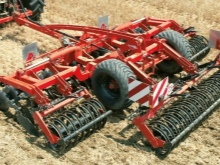
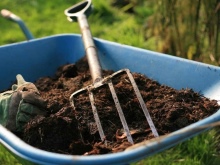

How to improve the quality of the land?
It is logical that the soil needs to be fed if there are not enough resources for the normal cultivation of crops. It's not enough just to dig up and plow the land, you need to enrich it... Better to do it in the fall. If you forgot to fertilize the soil in the fall, you should definitely do this in the spring, only with the exception of chlorine-containing compounds. Liming of the soil in the spring is also not carried out. Here's what you need to add to the soil to improve its quality.
- Humus (this is well-rotted manure). It is brought in twice for digging with the calculation of 3-4 kg per square, or just a handful of fertilizer in each hole. It happens that humus was introduced in excess, and in order to balance nitrogen in the soil, it is necessary to add superphosphate (from 2 kg per hundred square meters) and potassium sulfate (1.5 kg per hundred square meters). If there is a lot of nitrogen, all the forces of the potato will go into growing tops, and the tubers will turn out to be small and viscous. Therefore, the introduction of phosphorus and potassium is a mandatory measure.
- Humus is not always available and is expensive. So, you need to look for an alternative. Vegetable compost is fine, bucket per square. Both ammonium nitrate and urea can become a nitrogen-containing composition. They are usually buried in the ground in early spring, from 1 kg per hundred square meters.
- Ash - this is what component each list of useful potato fertilizers includes. They usually make half a glass per square, or 1 tablespoon per hole when planting. But if, in principle, there is not very much ash, you can sprinkle it on the tubers that are to be planted right now. Do not add ash in parallel with ammonium nitrate, manure, superphosphate, urea. Mixed formulations will lead to the fact that a lot of nitrogen is simply lost, and phosphorus will be absorbed by plants much worse.
- Complex mineral fertilizers good for potatoes, and you need to make 2 kg per hundred square meters. If you decide to put them in each hole, a dessert spoon is enough. Only first you need to sprinkle them with earth, or you can put a handful of compost on top - and only then the tuber is put into its hole.
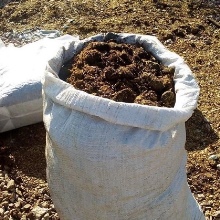
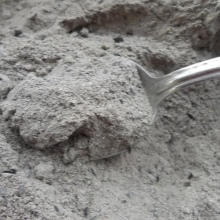
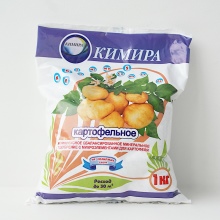
They also cultivate virgin soil, cultivate crops even initially on poor soils. They use rotted plant residues (leaves), take the simplest and most affordable fertilizers that are definitely useful for potatoes, and get a good harvest. In agricultural technology, almost all the secrets are in the autumn and spring operations, which the owners of the garden are not too lazy to carry out.
And if the soil is problematic, for example, clay, you will need even more strength to "tame" (which is only adding lime or sand), and in the spring you have to process the clay soil two times - dig it up and then level it. And also it is worth remembering that the earth must be dried, the potato does not like moisture... In a rainy spring, you will have to make special bends and wait for the soil to dry out, and only then plant. Only correct actions and a fruitful season!
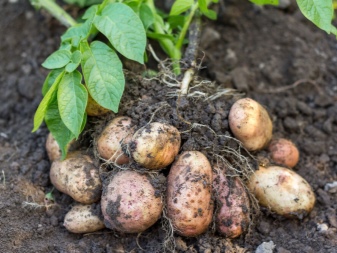
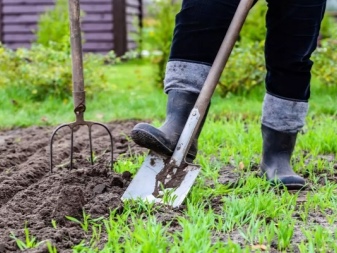













The comment was sent successfully.